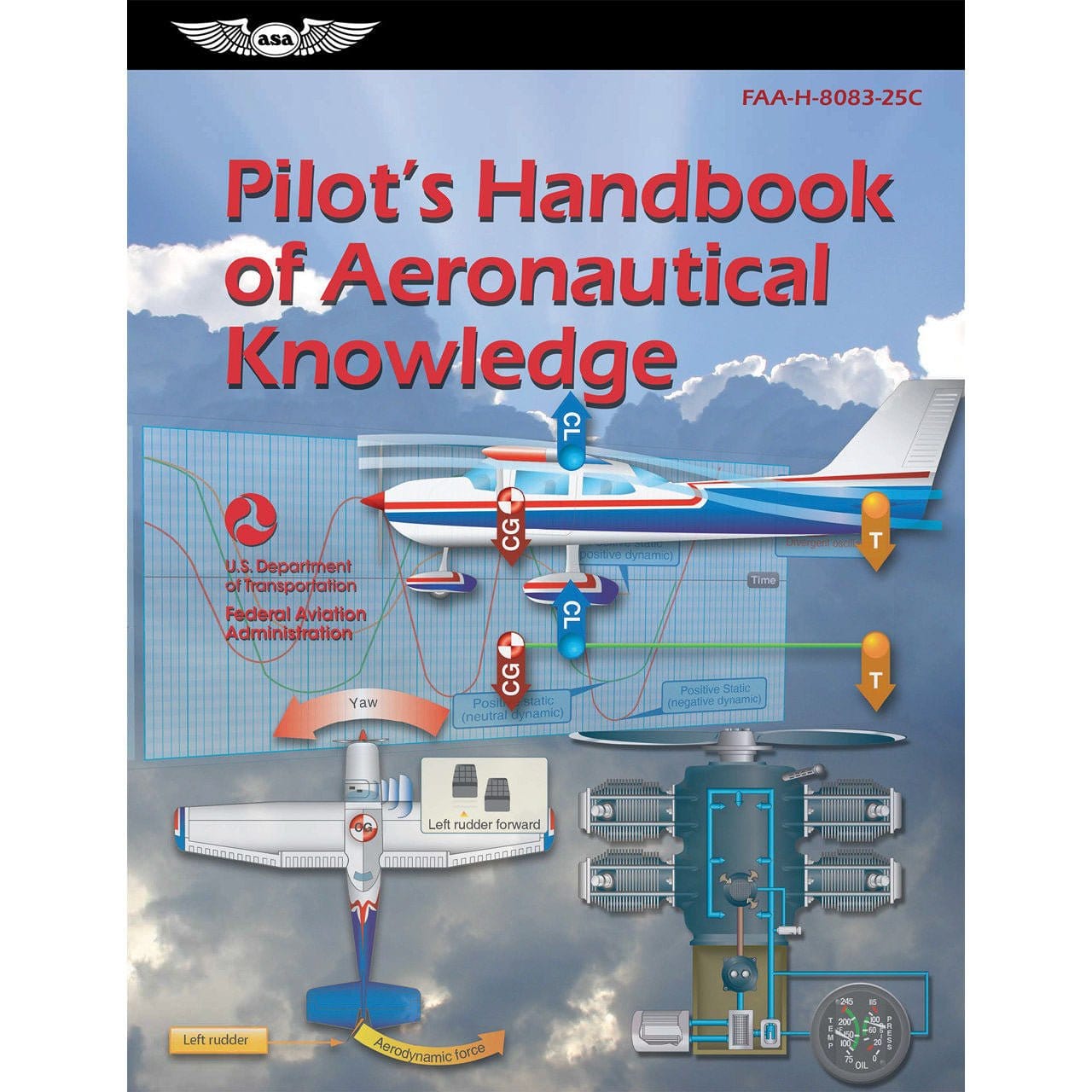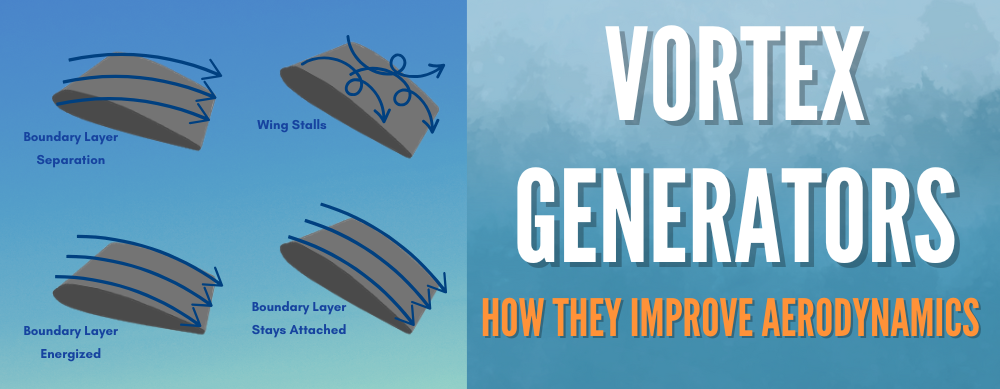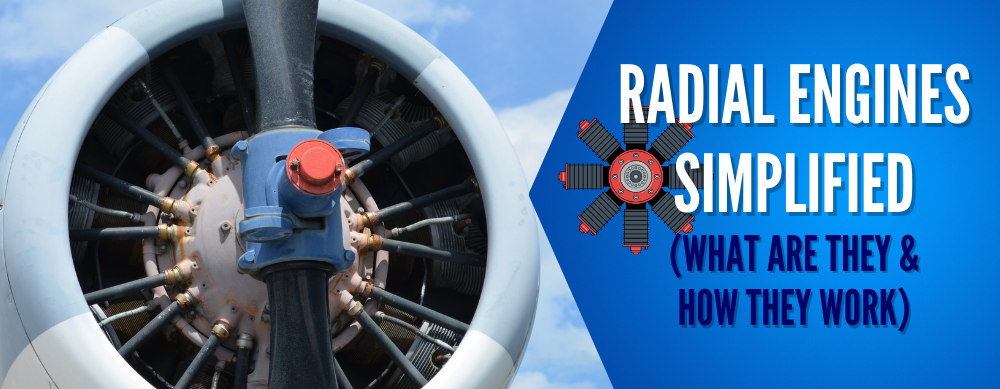Imagine you arrive at the airport planning a quick hop to the rustic mountainside cabin you reserved for a weekend getaway. The only problem? The runway is socked in with fog as thick as pea soup, and it doesn’t look like it will be dissipating any time soon. Now what?
If you are flying under Part 91 and are instrument rated, you have the choice to fly IFR, meaning VFR visibility minimums don’t apply, but what about IFR takeoff minimums? Can you meet standard takeoff minimums for Part 91 IFR flight?

Standard Takeoff Minimums
Pilots must meet the FAA’s established standard visibility takeoff minimums for the part they are flying under. Minimums vary by part and by the number of aircraft engines. More engines equate to lower takeoff minimums since the aircraft has an improved ability to power itself out of dangerous situations, and if one engine stalls, the aircraft is not completely without power.
Part 91 Minimums
Unless a pilot has been assigned and accepted a Standard Instrument Departure (SID), the following applies:
- No visibility or ceiling takeoff minimums
Asking about Part 91 standard takeoff minimums is somewhat of a trick question since unless you accepted a Standard Instrument Departure, as an IFR pilot flying under Part 91, you not bound to any official FAA standard takeoff minimums. In fact, a Part 91 pilot flying under instrument flight rules could legally opt for a “zero-zero” takeoff into conditions with no visibility or ceiling.
Such a take-off would be legal, but would it be prudent? This brings up the ongoing legal vs safe debate and the saying that “just because you can doesn’t mean you should.” While Part 91 pilots have no official standard takeoff minimums, that does not mean that we should just file an IFR flight plan and take off regardless.
Pilots flying under other parts do have standard takeoff minimums, and for good reason. Learning more about these other minimums can help Part 91 pilots to create and commit to our own personal takeoff minimums.

Part 121, Part 125, Part 129, and Part 135 Minimums
Unless operating specifications state otherwise, the following engine-based minimums apply for aircraft operating under FAR parts 121, 125, 129, and 135:
- One or two engines: one statute mile of visibility; no ceiling minimum
- Three or more engines: one-half statute mile of visibility; no ceiling minimum
- Helicopters: one-half statute mile of visibility; no ceiling minimum
Lower than Standard Takeoff Minimums
Pilots flying under Part 121 and/or Part 135 may be eligible to use lower than standard takeoff minimums (LSTOM). These lower minimums are negotiated and agreed upon between the airline and the FAA. The agreement is based on pilots having appropriate equipment and adequate training to safely operate under the lower minimums.
If lower than standard takeoff minimums have been authorized, the authorization will be included in the Operations Specifications (OpSpec) under C079 for Part 135 or C078 for Part 121. Without this official authorization, pilots must adhere to standard minimums.
Lower than standard takeoff minimums are based on the runway visual range (RVR) system rather than statute miles (SM) of visibility as is the case with standard minimums, although feet of RVR can be converted into statute miles of visibility.
There are several groups of lower than standard minimums depending on the current RVR at the time of takeoff. The lower minimums also include lighting and runway requirements contingent upon RVR values. Consult the Airport Flight Directory to determine what lighting systems your airport has in place.

RVR above 1600 feet
- 1 RVR report required, and touchdown zone (TDZ) report is controlling, though MID can be used if TDZ is not available
- Visibility can be substituted for RVR
- Must have at least 1 of the following: High-Intensity Runway Lights (HIRL), operative runway centerline (CL) lights, and/or serviceable runway centerline marking (RCLM)
RVR below 1600 feet
- 2 RVR reports required, and all three are controlling
- RVR reports required – no visibility substitution
- Meet lighting and runway requirements as applicable for 1200, 1000, or 600 RVR
4 additional criteria for lower than standard takeoff operations
- Must establish a takeoff alternate within a one-hour radius assuming still air conditions
- No single pilot operations if carrying passengers – single pilot allowed for cargo-only flights
- Pilot in Command (PIC) must have at least 100 hours of flight time in the make and model of aircraft being flown under LSTOM conditions. The same applies to the second in command (SIC) if manipulating the controls during takeoff
- If aircraft is equipped with a heads-up display (HUD), meet additional HUD requirements
The rules surrounding lower than standard minimums can quickly get confusing, so pilots are advised to carry a cheat sheet for reference.
Want to quickly check Takeoff Minimums online?
If you want to check out approach plates and read takeoff minimums to get a better understanding of how they work, you can view them on Skyvector.

Personal Takeoff Minimums
The standard published takeoff minimums for other parts are a starting point for establishing the personal minimums that we can and should commit to as Part 91 pilots. Some airfields also have alternate takeoff minimums that Part 91 pilots are encouraged to abide by.
Minimum needs can vary by location due to unique runway configurations and surrounding terrain features. When deciding on personal minimums for a new airfield, the field’s published approach minimums are another good reference point.
Adopting the approach minimums as our personal minimums for takeoff sets us up for a safe return to the runway should we need to abort our takeoff.

Remember, pilots flying under FAR Part 91 do not have any official takeoff minimums they must adhere to. Still, it is prudent to review the regulations for other parts and to establish personal takeoff minimums in advance with a focus on safety.









2 comments
Noah M
Interesting article!
My question is: Why do part 91 pilots not have takeoff minimums?
JohnB
Part 91 states that there are no Standard TakeOff minimums for pilots unless that pilot is given a clearance for a published departure and accepts it! Since we do not have to comply with Standard Take Off minimums, what about Charted Take Off minimums? The T published on the Sid?